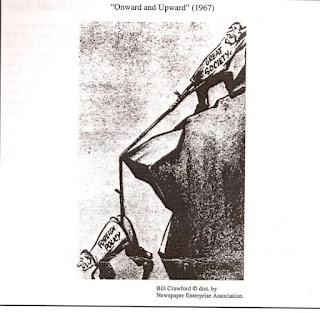Paul Kalanithi is the author of this book, an extremely accomplished neurosurgeon who later dies from stage IV lung cancer. Kalanithi graduated with a masters in English literature and also with a bachelor's degree in human biology from Stanford. He then went to graduate at the Yale School of Medicine. When Breath Becomes Air reaches a huge variety of audience types, but also is able to personally touch readers who have been directly or indirectly affected by cancer. Kalanithi had a strong interest in both literature and medicine, using both to articulate in his book about his experiences turning from a medical student into a neurosurgeon resident while facing death. So far Kalanithi utilizes anecdotes that symbolize and foreshadow events that will occur later in his life. These specific anecdotes help to support his exact purpose, which essentially helps readers to learn how to cope with death and all of the thoughts surrounding it.
One of Kalanithi’s anecdotes describes his adventures into the desert in his newly relocated home of Kingman, Arizona. Kalanithi begins to describe some rules that they follow in this desert and one of them he mentions, “Always check your shoes for scorpions, for example, seemed plain good sense” (Kalanithi 23). This anecdote of a memory in his childhood could be used to symbolize death, and foreshadow how it will come and take him away at a young time in his life. Symbolically if you were to put your feet in your shoes without knowing there was a scorpion, you would initially be alarmed and scared and then face the later effects of a possible wound, which is very similar to Kalanithi’s experience with lung cancer later in his life. Although he was currently writing about times when he did not know he was going to die, the purpose in the beginning was more related towards getting to know Kalanithi as a person, and then this purpose transformed into teaching readers how to cope with death. Either way, the use of such symbolic anecdotes and the information that readers know prior to reading the book, gives his purpose an enthralling emotional side to it, seeing how just one person can have such a positive outlook on life, even when death is so near.
In my opinion, I believe Kalanithi is successfully achieving his purpose. I am really enjoying the book, and it is really making me think about life in general, and death as well. This book really does make one think, and I enjoy doing that!

